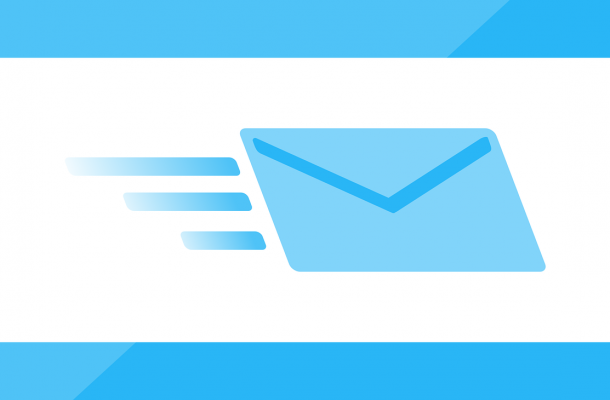In-box zero status remains elusive to many

Each work day begins the same way – with a number. It could be 220 or 128 or, if luck is on your side, something less than 100.
You can avoid it for a while and kid yourself into believing that, after downing a second cup of coffee, you will be more alert and mentally able to deal with it. But you will never escape it.
It’s the number of new emails in your inbox.
No matter what avoidance tactics you put in place, at some point you will have to tackle the inbox.
Every day we desperately try to clear emails to achieve that much sought-after but elusive inbox zero status.
But within minutes of us responding, sifting, flagging, filing, forwarding and deleting, a new burst of emails trickles in to leave us marinating in misery.
Inbox zero status is a constant quest – and once achieved, it is short-lived.
Even if we log out, they keep piling up.
The bottom line is that when it comes to email, there is too much of it, the wrong kind of it and from the wrong people.
And our overflowing inboxes regularly cause most of us to experience unnecessary stress and anxiety at the same time as killing off our personal productivity.
It is time for us to fight back and stop being pushed around and overrun by our inboxes – but that requires us to take command of our inboxes and, yes, manage them.
Regaining control starts by turning off notifications and resisting the temptation to respond to email on the run as they land in our inboxes.
Experts predict that most of us will open an email within 10 seconds of its arrival. We down tools and get working on a response simply because we cannot stand the thought of our inboxes starting to balloon.
But every time we down tools to respond to an email, our productivity takes a hit.
On average, it takes us 20 minutes to reorient back to the task we were working on before we paused to respond to an email.
Instead, a good approach would be to set specific times to check your inbox and avoid being a slave to notifications that divert your attention away from other important tasks.
Consider, too, unsubscribing from those pesky marketing emails if you have no interest in the products or services on offer.
Mark unsolicited messages as “junk” so that future emails from the same sender will be delivered straight to your trash folder.
Avoid defaulting to email for every form of communication because sending emails creates return email traffic.
Use text, instant messaging, phone and in-person communications to help keep your inbox under control.
In the same vein, avoid the compulsion to respond to emails that were not sent to you directly for a response but copied to you alongside a “cast of thousands”.
Others free themselves from their insufferable inboxes by implementing a triage system.
They file messages into folders such as “for immediate response”, “needs thought” or “no response required” before considering any replies.
And if you really need to avoid your inbox altogether to get onto an important job, there is an opportunity to use the “out of office” reply function – even if you are in the office – with a message highlighting that you are temporarily away from your inbox.
This approach will take the pace out of any sender’s expectation of an immediate response from you.
While taking even a few of these steps is not going to achieve the much sought-after inbox zero status on a permanent basis, you will make huge strides towards a decluttered inbox.
But if all that seems too hard, then embrace another approach – inbox infinity.
It involves letting your inbox swell uncontrollably and simply embracing the chaos that might go with it, rather than getting worked up or worried about it.
Emeritus Professor Gary Martin commenced in the role chief executive and executive director of the Australian Institute of Management WA in 2012. He has overall responsibility for leading all aspects of the Institute’s business, which is focussed on building leadership, management and workplace capability both in Australia and internationally, and across the corporate, government, not-for-profit and community sector







